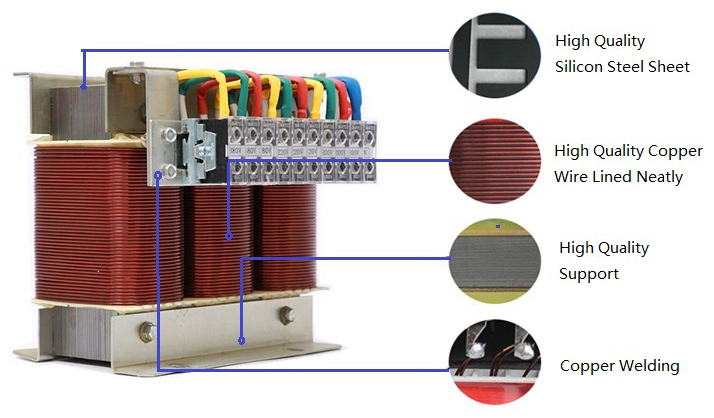Leakage currents present a possible risk to patients in the unique setting of a hospital, placing additional demands on the electrical design. Medical IT systems (medical isolation transformers, etc.) must be installed in particular in locations where patient safety is crucial, such as operating rooms, intensive care units, and cardiac operating rooms. These locations must also have a steady power supply for the medical equipment they house.
Medical isolation transformer has strong anti-interference ability, which can effectively eliminate the noise, clutter, high voltage, surge and so on on the power grid, so as to provide a high-quality electric environment for the customer's equipment.


